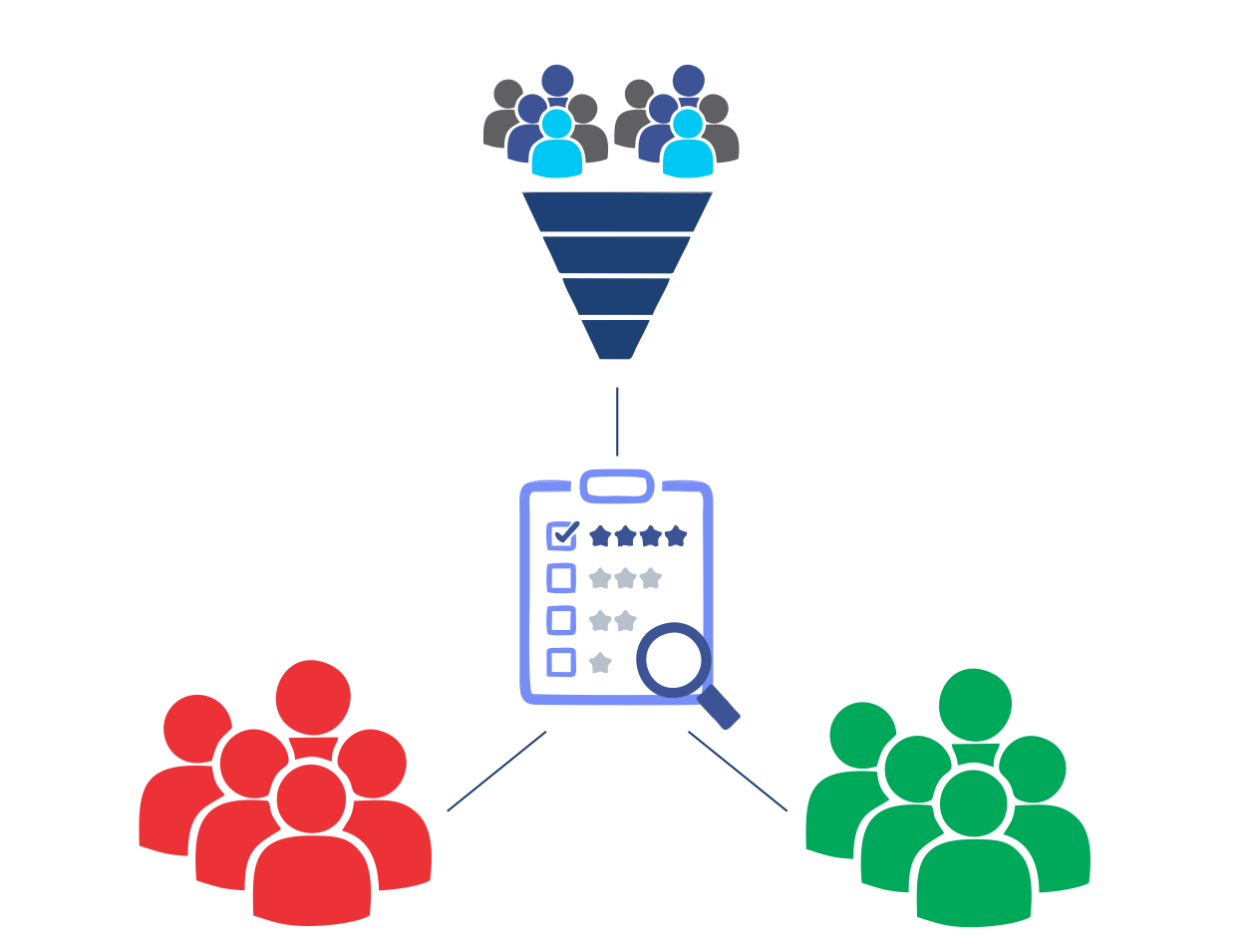An insurer uses logistic regression based scorecard to predict customer’s propensity to renew.
The client, a Top 5 insurer in India was spending a lot on customer acquisition. They were achieving healthy growth in customer acquisition. However, the renewal lapse rates were high, with less than 60% renewals in the first year, that went down to ~12% by the end of fifth year. We suggested developing a propensity model to predict the customers who are more likely to churn, and reach out to them with personalized offers for renewals.
Improved Retention. Reduced operational cost
Demographic, transactions and behavioural data were combined to build the scorecard. Responses to different contact channels (SMS, IVR, Calls) were accounted for.
- Prediction accuracy of 78% on validation dataset
- Retention uplift of ~1.7x with same $ spend
- Better efficiencies on contact frequency and mode of communication
The model was used to generate the retention campaign base every 2 weeks, for a customer base of +/- 30 days of due date
High lapse rate. Reactive outreach
The insurer was in a stiff competition, in a very difficult market – India. They were spending a lot on customer acquisition activities, and achieving healthy growth rates.
However, the renewal funnel was challenging with less than 60% renewals in the first year, which trickled down to ~12% by the end of fifth year. The high customer acquisition cost meant they needed to extend the Life Time Value (LTV) of their customers.
They were looking to reduce lapse rates, and turned to analytics. Through customer surveys, they discovered that about 60% of their customers would scout for new product at the time of renewals. They needed a proactive approach for renewals, and an efficient implementation to identify and retain customers. We proposed a propensity model based approach coupled with personalized retention campaign to achieve their goals.
Proactive approach to renewals yield better results
There are multiple algorithms for propensity models, and no single algorithm is the best.
We went ahead with logistic based approach based on considerations listed below:
a. Quick turn around time
b. Interpretable for business users
c. Drill down analysis to understand impact of the features on lapse probabilities
The model results need to be integrated into an effective renewal campaign. Equipped with the scorecard Xtage Labs team built, the client was able to reach the right customers, through right channels, coupled with personalized offers to boost renewal rates.




